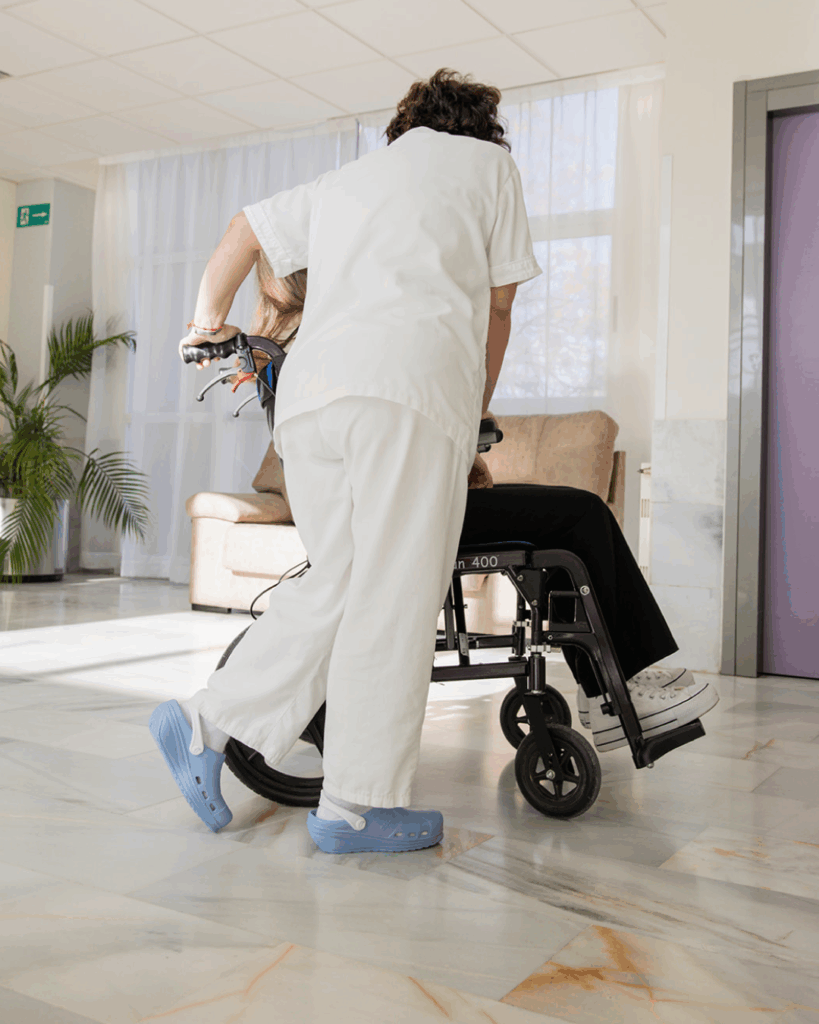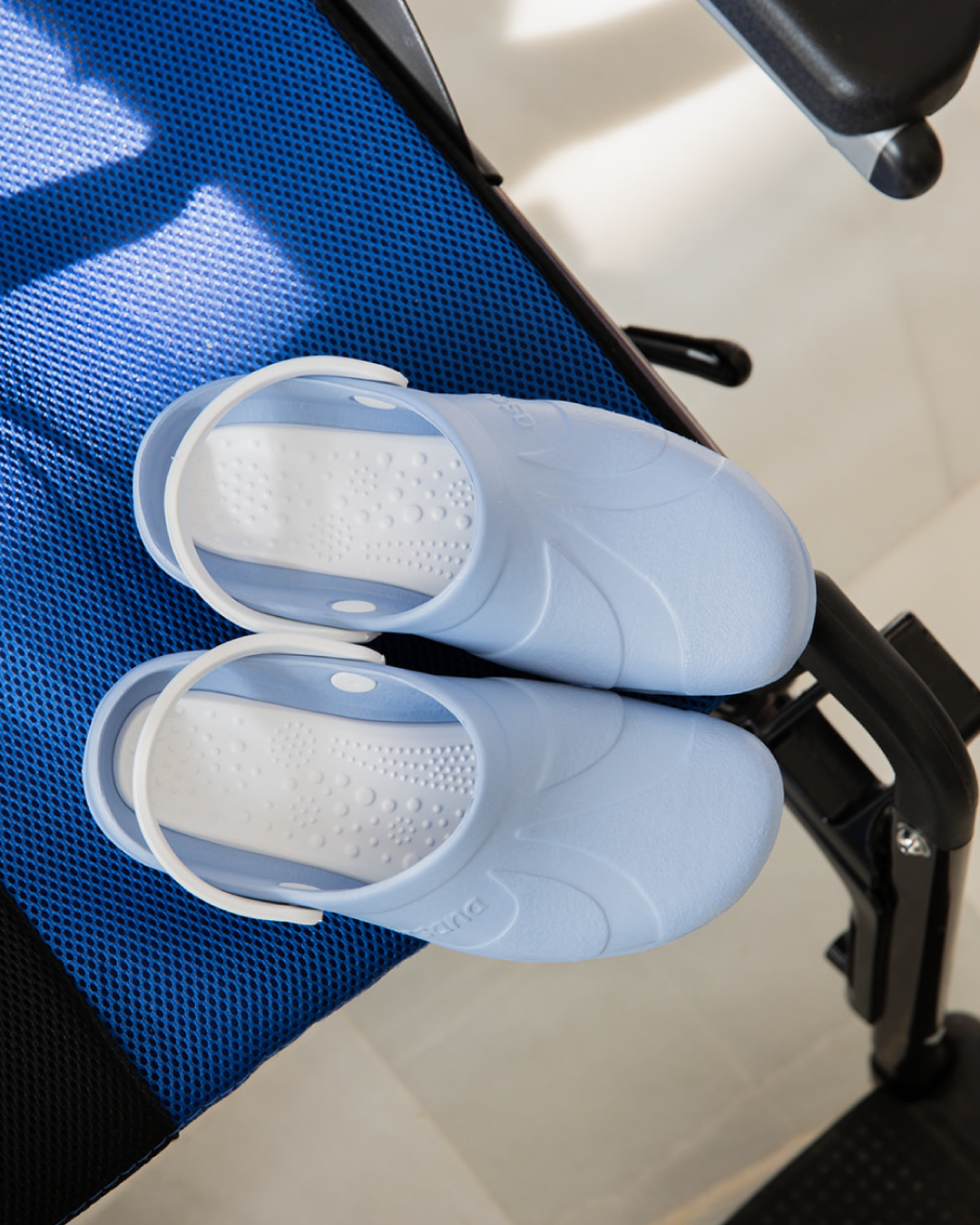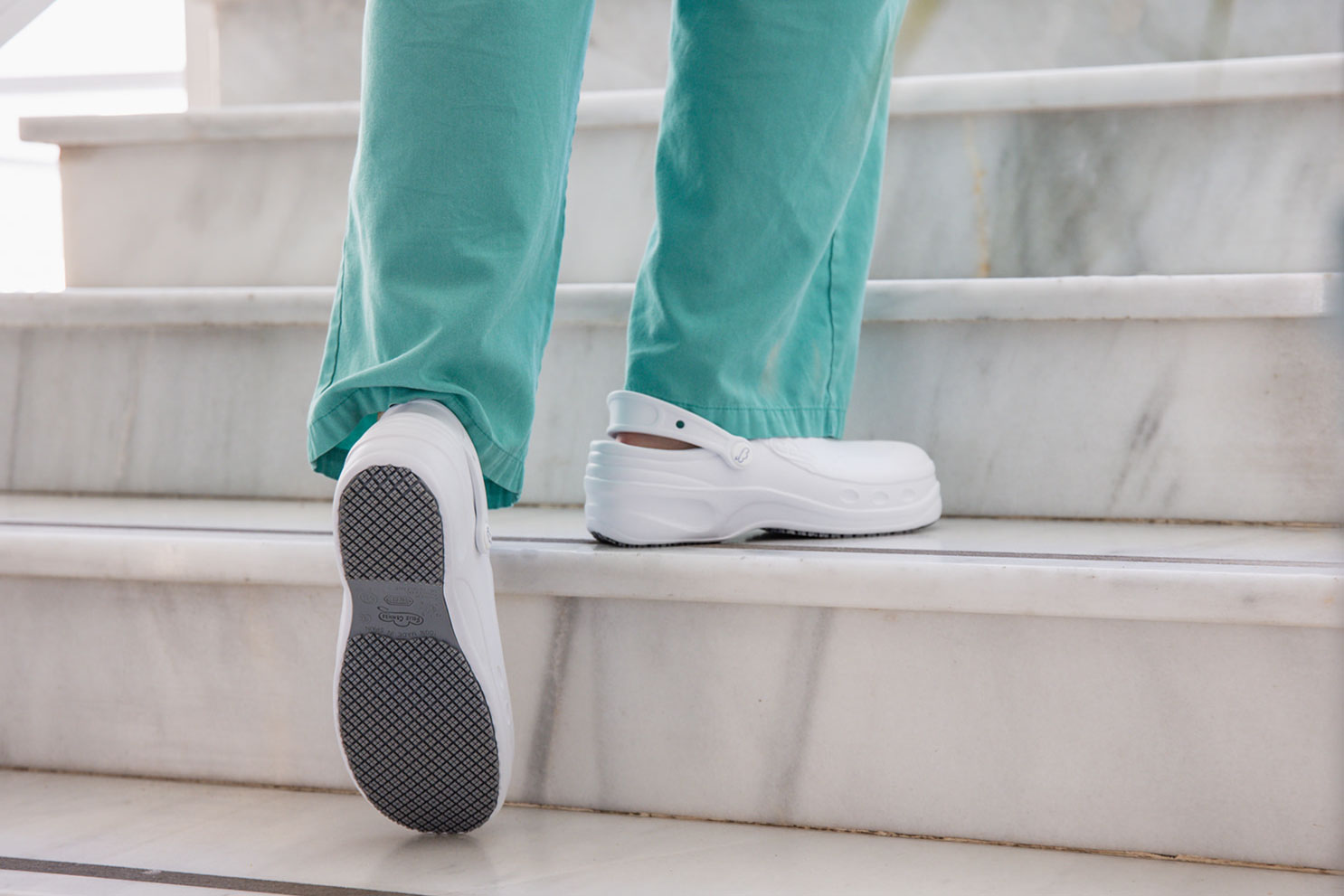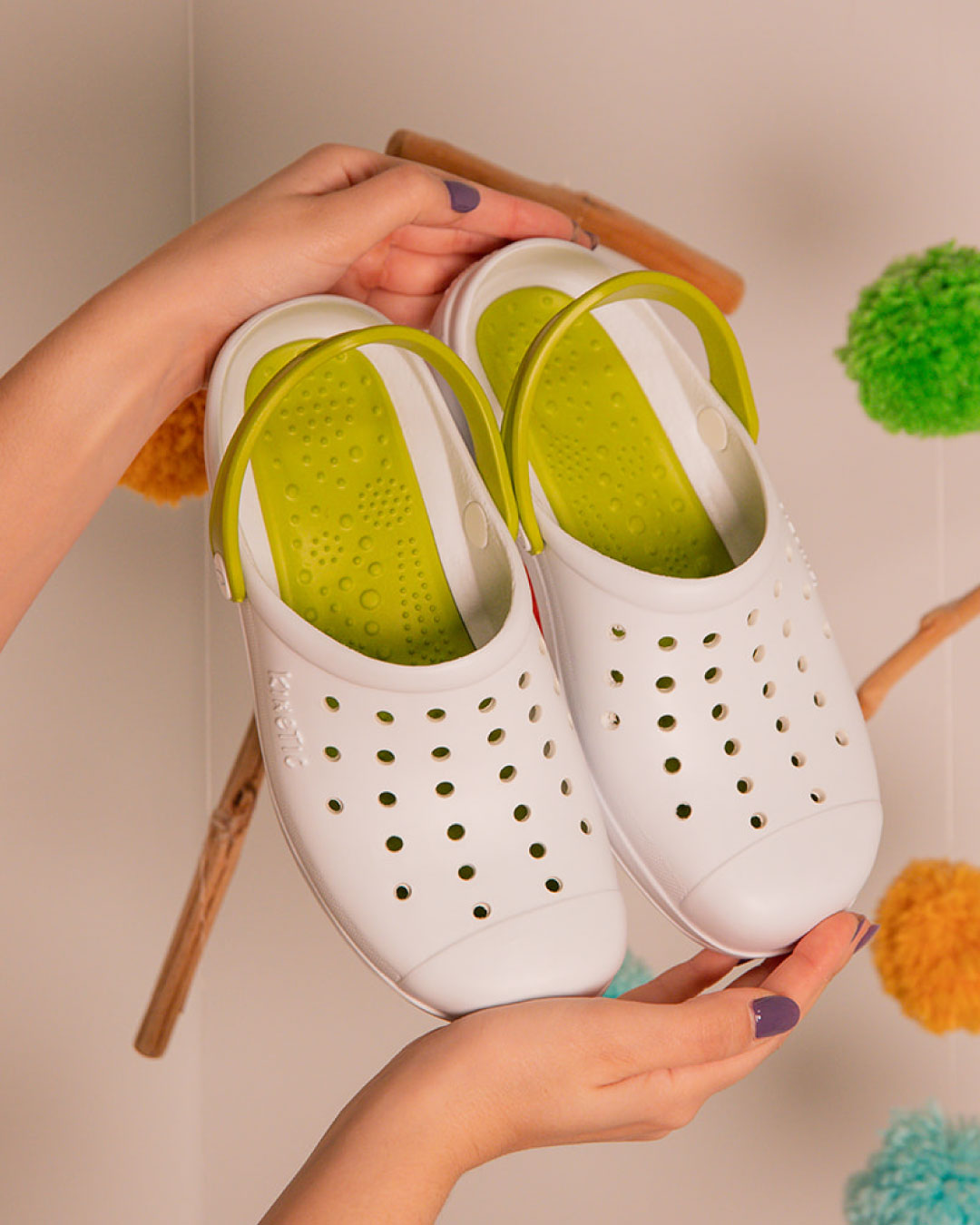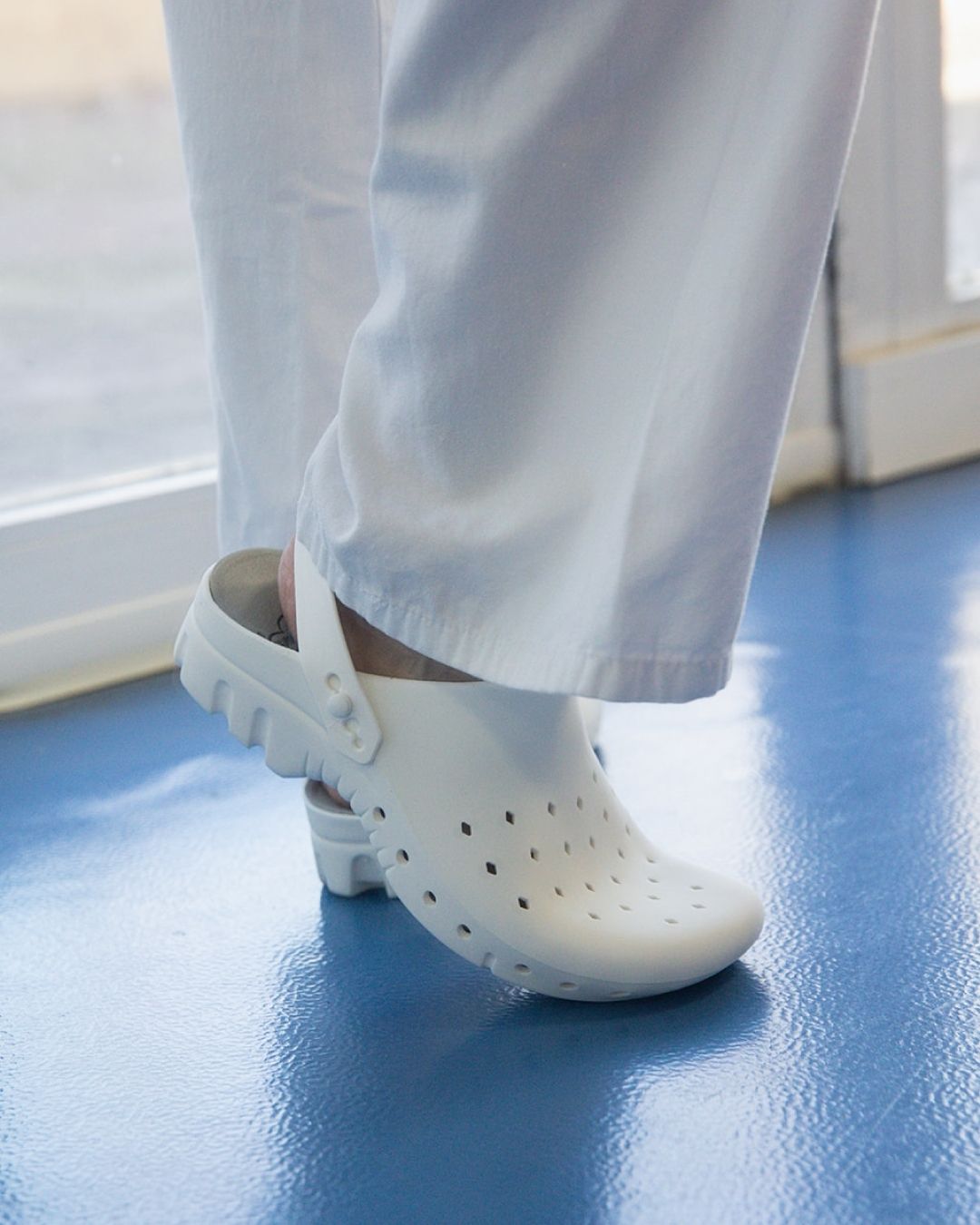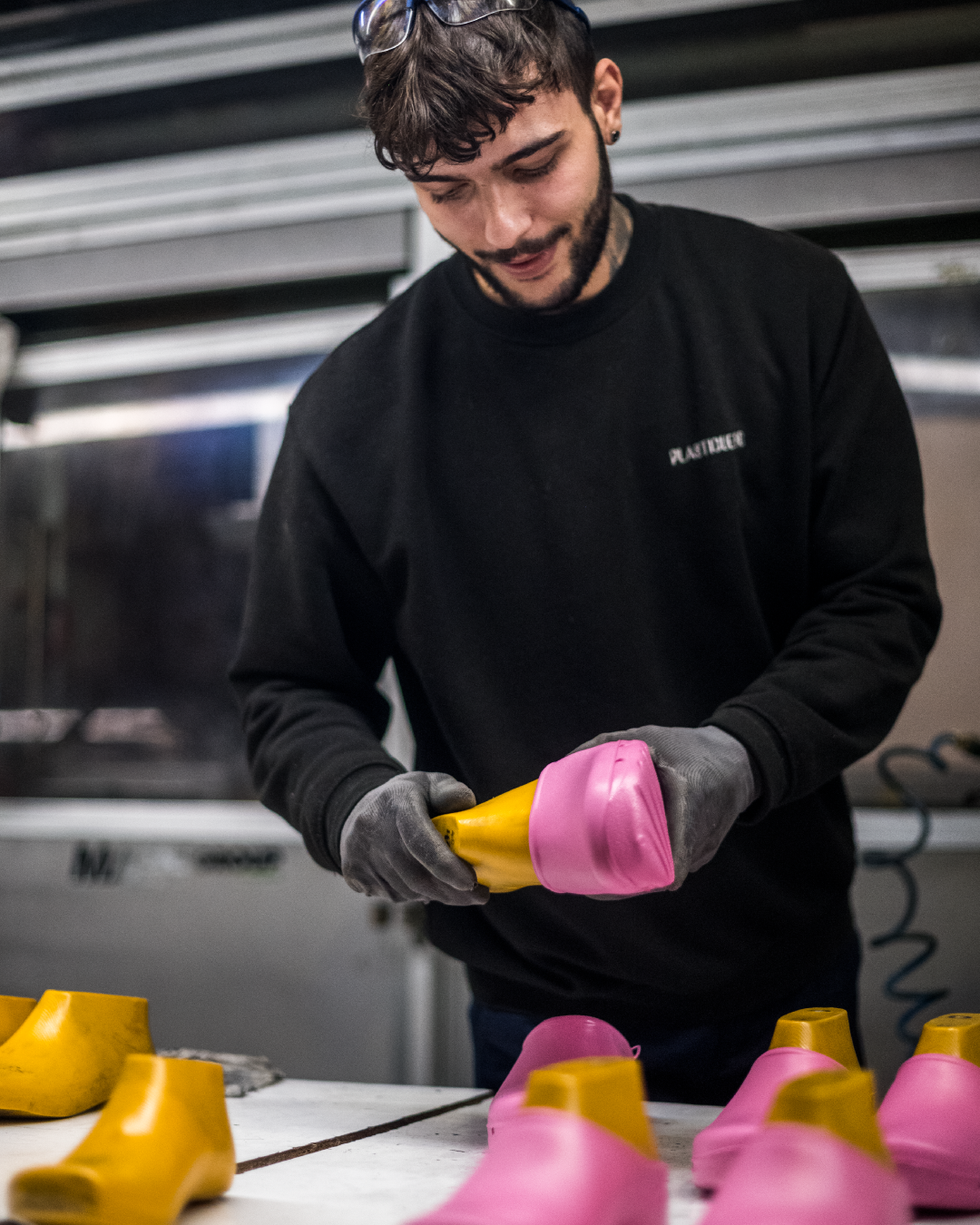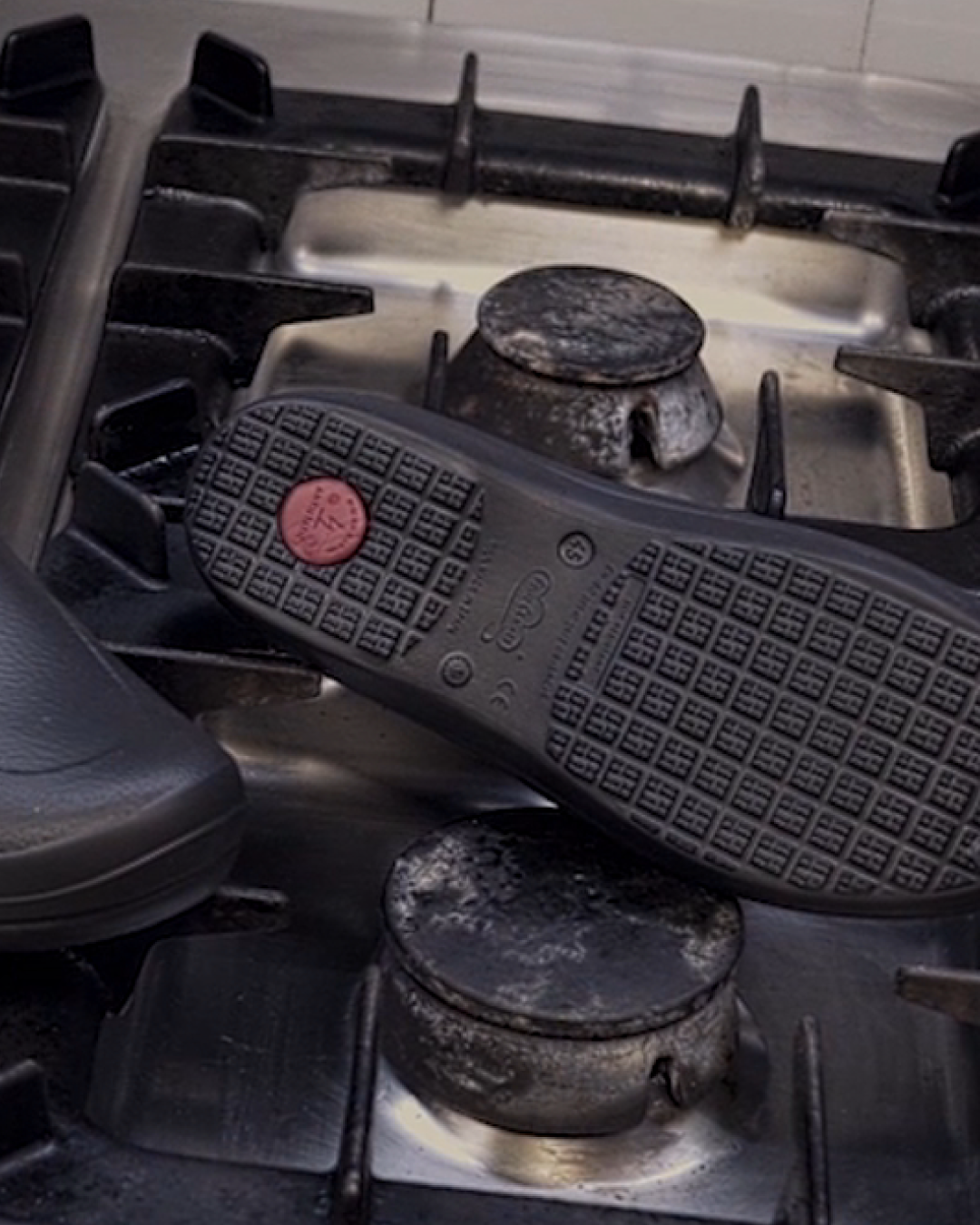Today, medical clogs are the most commonly used type of footwear among professionals in the health and food sectors. Although this was not always the case. In the early 2000s, some brands specialized in the manufacture of this type of footwear, and although some similar products already existed, it was then that the
Why are medical clogs essential for healthcare professionals?
Medical Clogs Offer Multiple Advantages
that make them the ideal footwear for nurses, doctors, dentists, pharmacists, veterinarians, and hospital and clinic staff in general. Most clogs are suitable for both men and women. It is unisex footwear, although there are models with motifs and colors for all tastes.
Improved posture and reduced fatigue
most Clogs for Healthcare Professionals are Ergonomically Designed to Provide Support to the Feet and Relieve Pressure on Joints.
They incorporate insoles and cushioning soles that help maintain good posture and reduce pain and fatigue even after many hours of standing. There are also models for people with ailments or special conditions that can be purchased in
technology in medical footwear uses materials such as EVA rubber, polyurethane or PVC, which are light but also very resistant. There are clogs that weigh less than 100 grams each, so
pressure is reduced on points such as the plantar arch or heel , which are sensitive areas. This prevents or alleviates common ailments such as plantar fasciitis.
spends many hours on their feet. With the right clogs, you will suffer less discomfort and pain. You will be able to concentrate better on your tasks instead of on your feet. Hygiene and ease of cleaning in healthcare settings
Medical Clogs are Usually Made of Non-Porous and Waterproof Materials that are Easy to Disinfect and Clean
This prevents the spread of germs and helps to.
without being damaged. They barely accumulate dirt and prevent the proliferation of fungi or other microorganisms.
and protect the feet from possible contaminated body fluids. In the event of an accidental splash, they are easily cleaned without penetrating the footwear.
Important characteristics when choosing medical clogs
How should Medical Clogs be Chosen? What Characteristics should We Look for to Buy the most Suitable Ones? In Addition to Comfort and Hygiene, there are other Properties that should be Sought in this Type of Footwear:
- Non-slip soles
- : they are important to prevent slips, especially on wet surfaces, so common in hospitals. The best soles have engravings, patterns or compounds that make them stable even on soap or grease.Lightweight
- : the clogs must have a light weight so as not to cause extra fatigue in the legs after hours of use. Ideally, they should weigh less than 500 grams per clog, although the lightest models weigh just over 90 grams.Breathable
- : they are normally manufactured with designs that allow ventilation and evaporate moisture. 100% closed models can accumulate perspiration, which is why they incorporate holes for air to circulate inside the footwear.
Resistant : healthcare personnel can walk 10 to 20 kilometers a day, which is why the best models are made with materials that withstand wear and tear very well.
- Impact absorption
- : the midsole must cushion to reduce the impact when walking for prolonged periods. The density and thickness of the midsole, normally made with EVA, determine the ability to absorb impacts.
Waterproof : impermeability serves both to protect the foot from splashes or spills of liquids and to disinfect the clogs and be able to dry them quickly with a cloth or towel.
- Easy to clean: that they can be washed with water, soap and disinfectants without deteriorating the materials or corroding the seams.
- Flexible
- : the sole and the contour must adapt to the movements of the foot when walking or standing. It is important that they are not too rigid.
Antibacterial : some models incorporate additives with antimicrobial properties to slow the growth of bacteria and prevent bad odors.
- Recommendations for implementing medical clogs in institutions
This Type of Footwear Has many Advantages. Therefore, it is Interesting That
institutions and companies related to health provide the best medical clogs to their staff. Some recommendations that could be followed to implement them are:
- to choose the most comfortable and suitable ones. It is important to have the opinion of those who will use them daily.
Acquire enough variety of sizes
- so that all employees can use the clogs with their shoe size. A poor fit can cause blisters or other problems. You have to find the perfect size for each foot. Establish protocols for daily cleaning and disinfection of clogs
- They must be impeccable for the next use in order to guarantee maximum hygiene..
Inform employees about the benefits of using medical clogs to encourage them to use them.
- Periodically evaluate the durability and replace damaged pairs
- They should not be used beyond their useful life, for safety and hygiene..
Provide storage spaces so that each person can leave their personal clogs at the end of the shift without having to take them home.
- Allow employees to identify their footwear. Always respecting the rules of uniformity and image of the institution.
Measure and analyze employee accident and ailment data before and after to evaluate the results of the implementation of medical clogs and verify their effectiveness.
- As we have seen, the professional footwear sector has also experienced important changes in recent years. Opting for

